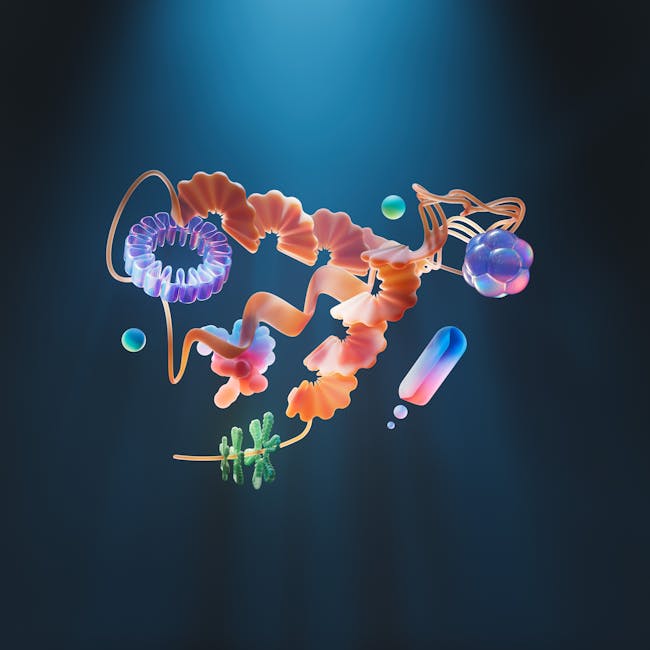
In the relentless pursuit of health, we’re often told to focus on broad categories: eat more vegetables, exercise regularly, get enough sleep. But what if one of the most powerful keys to protecting two of our most vital systems—our eyes and our heart—could be traced back to a single, remarkable molecule? A molecule that gives salmon its pink flesh and flamingos their vibrant hue?
It exists, and it’s called Astaxanthin (asta-ZAN-thin). While it might not be a household name like Vitamin C or Omega-3, this potent antioxidant is emerging from the lab and into the spotlight as a potential game-changer for long-term health.
What is Astaxanthin, Nature’s Ultimate Protector?
Astaxanthin is a carotenoid, a natural pigment found in certain marine plants and animals. It’s produced by microalgae when under stress, acting as a force field to protect itself from harsh conditions like UV radiation. When animals like salmon, shrimp, and krill consume this algae, the pigment accumulates in their bodies, which is believed to help them endure the incredible physical demands of their life, like swimming upstream.
What makes it a superstar for humans? It’s one of the few antioxidants that is both water- and fat-soluble, allowing it to work in every single cell of your body. More importantly, its unique structure allows it to neutralize free radicals without becoming a pro-oxidant itself—a common downfall of lesser antioxidants.
A Guardian for Your Vision
Your eyes are constantly exposed to oxygen and light, making them highly susceptible to oxidative stress. This damage contributes to everything from daily eye strain to serious age-related conditions. Astaxanthin has a unique ability to cross the blood-retinal barrier, allowing it to deposit directly in the eye and provide powerful protection.
How it helps your sight:
- Reduces Eye Fatigue: In our screen-saturated world, digital eye strain is rampant. Studies show Astaxanthin can improve blood flow to the retina, helping to relieve eye fatigue, dryness, and blurred vision.
- Shields from UV Damage: Think of it as internal sunscreen for your eyes, helping to protect them from the damaging effects of blue light and UV radiation.
- Fights Age-Related Decline: By combating oxidative stress, Astaxanthin may play a crucial role in reducing the risk of developing conditions like macular degeneration and cataracts.
A Shield for Your Heart
Heart disease remains a leading health concern globally, largely driven by inflammation and oxidative stress that damage blood vessels and disrupt cholesterol levels. Astaxanthin tackles these root causes head-on.
How it protects your heart:
- Improves Cholesterol Profile: Research suggests Astaxanthin can help lower LDL (‘bad’) cholesterol and triglycerides while increasing HDL (‘good’) cholesterol.
- Combats Inflammation: It helps reduce systemic inflammation, a key trigger for atherosclerosis (the hardening of the arteries).
- Enhances Blood Flow: By improving the elasticity of blood vessels and reducing oxidative stress, it can lead to better circulation and healthier blood pressure levels.
How to Get This Powerhouse Molecule in Your Life
While you can get Astaxanthin from your diet, you’d have to eat a significant amount of wild-caught salmon (farmed salmon often has much less) every day to reach the therapeutic doses used in studies. For this reason, many people turn to supplements.
When choosing a supplement, look for one derived from its natural source, the microalgae Haematococcus pluvialis, as this is the form that has been most extensively studied.
The science is clear: this vibrant red molecule offers a powerful, two-for-one benefit, standing as a diligent guard for both your precious sight and your vital heart. It’s a compelling reminder that sometimes, nature’s most profound secrets are hidden in its most brilliant colors.
